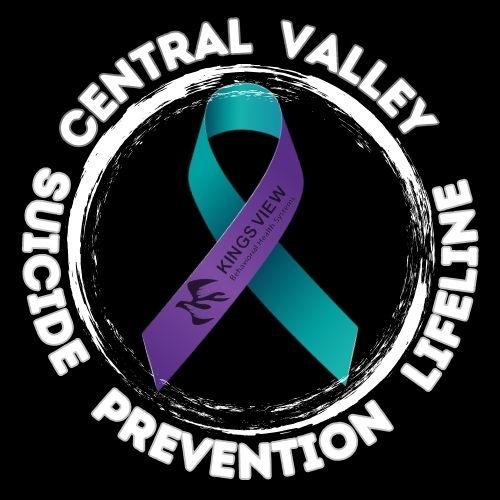The increase in teen suicide is the result of many factors
Social dynamics aside, teenagers have always been particularly vulnerable to suicide risk due in part to the physical developmental stage they are in. Teens have an underdeveloped prefrontal cortex—an area of the brain that does not fully develop until a person’s mid-20s—which can lead to increased impulsivity.
Combined with some significant stressors over the past two decades, it is possible to hypothesize reasons for the increase in youth suicide rates. However, it is unwise to pin the blame on any of these factors definitively.
Teenage suicides began to rise in 2008, coinciding with the economic recession. Teens experiencing a loss of perceived safety and general anxiety about the future—often due to feelings of instability—may have led to an escalation in the number of youth suicides. Subsequently, the isolation and lack of socialization resulting from the pandemic, notably in its first year, conflated with factors such as climate change, increased frequency of school shootings, and rising student debt, are also thought to have contributed.
Youth suicide rates in Georgia, Indiana, New Jersey, Oklahoma, and Virginia were all higher during the pandemic than before.
Mental Health Statistics
12.6 million people between the ages of 18 and 25 experienced a mental, behavioral, or emotional health issue in the past year. This amounts to 1 in 3 (36.2%) young adults, a percentage that is higher than any other adult age range. This rate has increased significantly over the past several years (from 22.1% in 2016). (SAMHSA, 2023)
19.5% of teens aged 12 to 17 had a major depressive episode in the past year. (SAMHSA, 2023)
42% of high school students reported feelings of sadness or hopelessness in the past year. This percentage is higher for females (57%), Hispanic students (46%), multiracial students (49%), and lesbian, gay or bisexual students (69%) (CDC, 2023)
Among college students, 36% have been diagnosed with anxiety and 30% have been diagnosed with depression (Healthy Minds Study, 2023)
Suicide Rates
Suicide is the second-leading cause of death for teens and young adults, ages 10-34 (CDC, 2023).
13.6% of adults 18-25 had serious thoughts of suicide in the past year (SAMHSA, 2023).
22% of high school students reported having seriously considered suicide in the past year. This percentage is highest among females (30%), American Indians/Alaska Natives (27%), and lesbian, gay, or bisexual teens (45%) (CDC, 2023).
10% of high school students attempted suicide in the past year. This percentage is highest among females (13%), American Indians/Alaska Natives (16%), black teens (14%), and lesbian, gay, or bisexual teens (22%) (CDC, 2023).
More Support is Needed
Not enough young people are getting support for their mental health: 42.7% of young adults aged 18 to 25 perceived an unmet need for mental health services (SAMHSA, 2021). While 72% of LGBTQ+ teens and young adults desired professional counseling, only 32% received these services (The Jed Foundation, 2021).
Schools should do more to support student mental health and suicide prevention. Today, 91% of school administrators feel that schools should make efforts to prevent suicide among students. Similarly, 92% believe that schools should make efforts to identify high school students in need of mental health services (The Jed Foundation, 2020).









